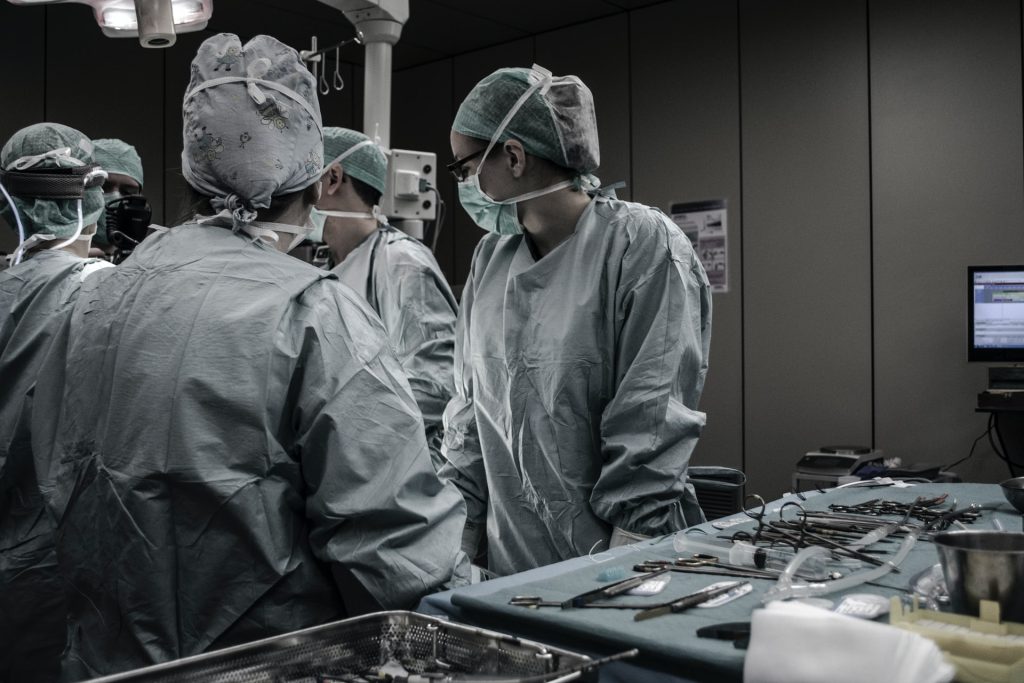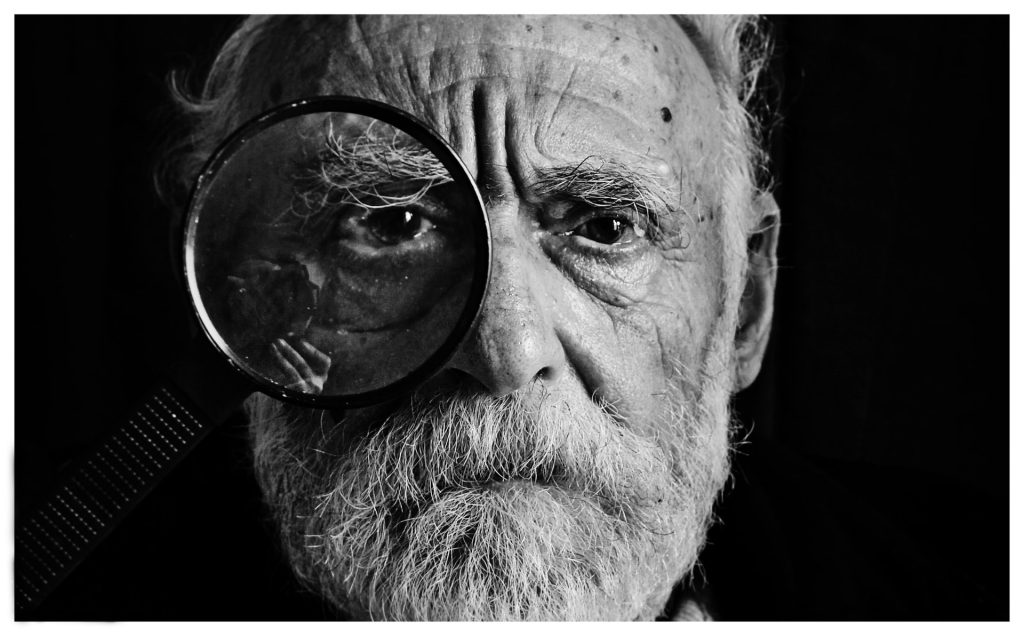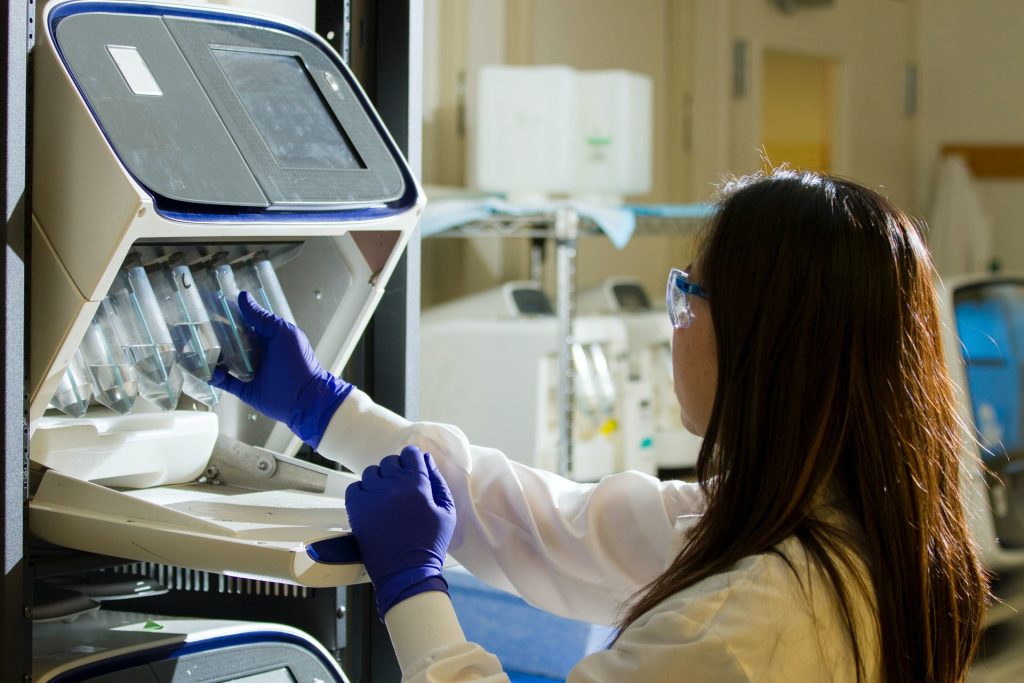Bacterial Superinfections in COVID Rarer Than Expected

Only 21 percent of patients with severe pneumonia caused by SARS-CoV-2 have a documented bacterial superinfection at the time of intubation, resulting in potential overuse of antibiotics, according to new research.
Superinfection occurs when another, usually different, infection is superimposed on the initial infection. In this case, it is bacterial pneumonia during severe viral pneumonia.
Dr Wunderink and co-authors reported their findings in a study published online in the Journal of Respiratory and Critical Care Medicine, which shows that the usual clinical criteria used to diagnose bacterial pneumonia could not distinguish between those with bacterial superinfection and those with severe SARS-CoV-2 infection only.
According to the authors, there is weak evidence behind current guidelines recommending that patients with SARS-CoV-2 pneumonia receive empirical antibiotics on hospital admission for suspected bacterial superinfection. In other published clinical trials of patients with SARS-CoV-2 pneumonia, rates of superinfection pneumonia are unexpectedly low.
“More accurate assessment other than just reviewing clinical parameters is needed to enable clinicians to avoid using antibiotics in the majority of these patients, but appropriately use antibiotics in the 20-25 percent who have a bacterial infection as well,” said Dr Wunderink.
The team conducted an observational study to determine the prevalence and cause of bacterial superinfection at the time of initial intubation and the incidence and cause of subsequent bacterial ventilator-associated pneumonia (VAP) in 179 patients with severe SARS-CoV-2 pneumonia which required mechanical ventilation.
The researchers analysed 386 bronchoscopic bronchoalveolar lavage fluid samples from patients, and actual antibiotic use was compared with guideline-recommended therapy. Bacterial superinfection within 48 hours of intubation was detected in 21 percent of patients; 72 patients (44.4 percent) developed at least one VAP episode; and 15 (20.8 percent) of initial VAPs were caused by difficult-to-treat bacteria.
The authors found that in patients with severe SARS-CoV-2 pneumonia, bacterial superinfection at the time of intubation occurred in less than 25 percent of patients. Guideline-based empirical antibiotic management at the time of intubation would have resulted in antibiotic overuse.
The researchers believe that their findings have multiple implications for antibiotic guidelines: “Rapid diagnostic tests are important for helping identify suspected pneumonia in intubated patients. This can have major clinical implications because the current approach of using clinically defined risk factors for suspected methicillin-resistant staphylococcus aureus (MRSA) or pseudomonas bacteria as the cause of pneumonia still grossly overestimate the true incidence of these pathogens. In addition, the recommendation for empirical antibiotic treatment of worsening viral community-acquired pneumonia (now requiring intubation) may need to be revisited. This is not only true for SARS-CoV-2 but potentially for severe influenza as well.”
“An accurate diagnosis of suspected pneumonia allows clinicians to safely avoid or use narrow spectrum antibiotics for many patients,” Dr Wunderink added. “While multiple interventions impact mortality in these critically ill patients, the low mortality in our study with more limited antibiotic treatment suggests that our approach was safe.”
Source: American Thoracic Society






